A common pitfall of pages such as this one given over to the magazine Editor’s thoughts is that it becomes a kind of padded Table of Contents. Having a dearth of anything meaningful to say, the editor merely fills his page by recommending the fine stories and deft authors that appear further into the issue.
I pledge not to do that. But here I somewhat take exception. I draw your attention especially to the story by Adam Lynch on the catastrophic Eighth Air Force bomber raid on Kassel, Germany, in September, 1944—the worst one-day bomber group loss of the Eighth Air Force in the war. You have never read its like before, because Lynch found and corrected some errors in the original record.
Lynch is not a professional historian. He is retired from 40-plus years as a broadcast reporter and, being fascinated by military history, thought he would try his hand at writing some of it. But he did not stick merely to books in the library. He saw in Air & Space magazine the listing of several airmen reunions. He noted one—it was of the survivors of the Kassel Raid, along with some of the German fighter pilots present that day—and asked if he could attend as an observer. This he was granted.
At Dayton, Ohio, the location of the reunion, he became acquainted with the survivors. “It was a fascinating time,” reports Lynch, who said the men talked freely with him and let him read their scrapbooks.
Lynch then set about looking at the official record in such places as the Eighth Air Force archives in College Park, Md., and found that the debriefings and some of the early reports of the tragedy were inconsistent with the survivors’ memory. “All that I could find written before—even in official histories—was either incomplete or wrong.” He interviewed German pilots and Germans who had been on the ground. “I set out to write the definitive account of the tragedy,” he said.
Lynch sent his manuscript to survivors who had taken an interest in it and they subscribed to its accuracy. Some thought it too harsh on the lead pilot that day; some did not. In fact, the real story behind the mishap that led to the destruction of most of the 445th Bomb Group will never be known owing to the deaths that day of so many of the principal participants.
Lynch, who was a fifth-grader in 1941, returned to a subsequent 445th Reunion in 1999. “There were some wonderful moments, watching those lovely gray men dancing to Glen Miller music with their lovely gray ladies,” he recalls. “But you could see that what they had been through had seared their souls, and that they would never forget the men they flew with.”
Kevin O’Beirne’s work on the 23rd Ohio Regiment in 1864 is perforce different. Nevertheless, O’Beirne consulted with the Rutherford Hayes Presidential Center Library and gained access to hundreds of unpublished first-person accounts of members of the 23rd. A re-enactor himself, he borrowed letters from a fellow re-enactor of the 23rd. He visited the battlefield and “traced the route of the 23rd’s march – nothing helps to understand a battle better than seeing the ground,” he reported.
This is not to damn with silence other contributors. John Gresham reveals facts about America’s first spy satellite never before appearing in article or book. Eric Niderost and Jonathan North (who submits from England) write consistently fine stories. Like O’Beirne, Niderost and North normally concentrate on eras long since devoid of survivors, but nonetheless root out primary sources to offer fresh insights into the struggles they depict.
We hope we earn your approbation. If you support us, we will continue to give you the best in military stories.
– Brooke C. Stoddard
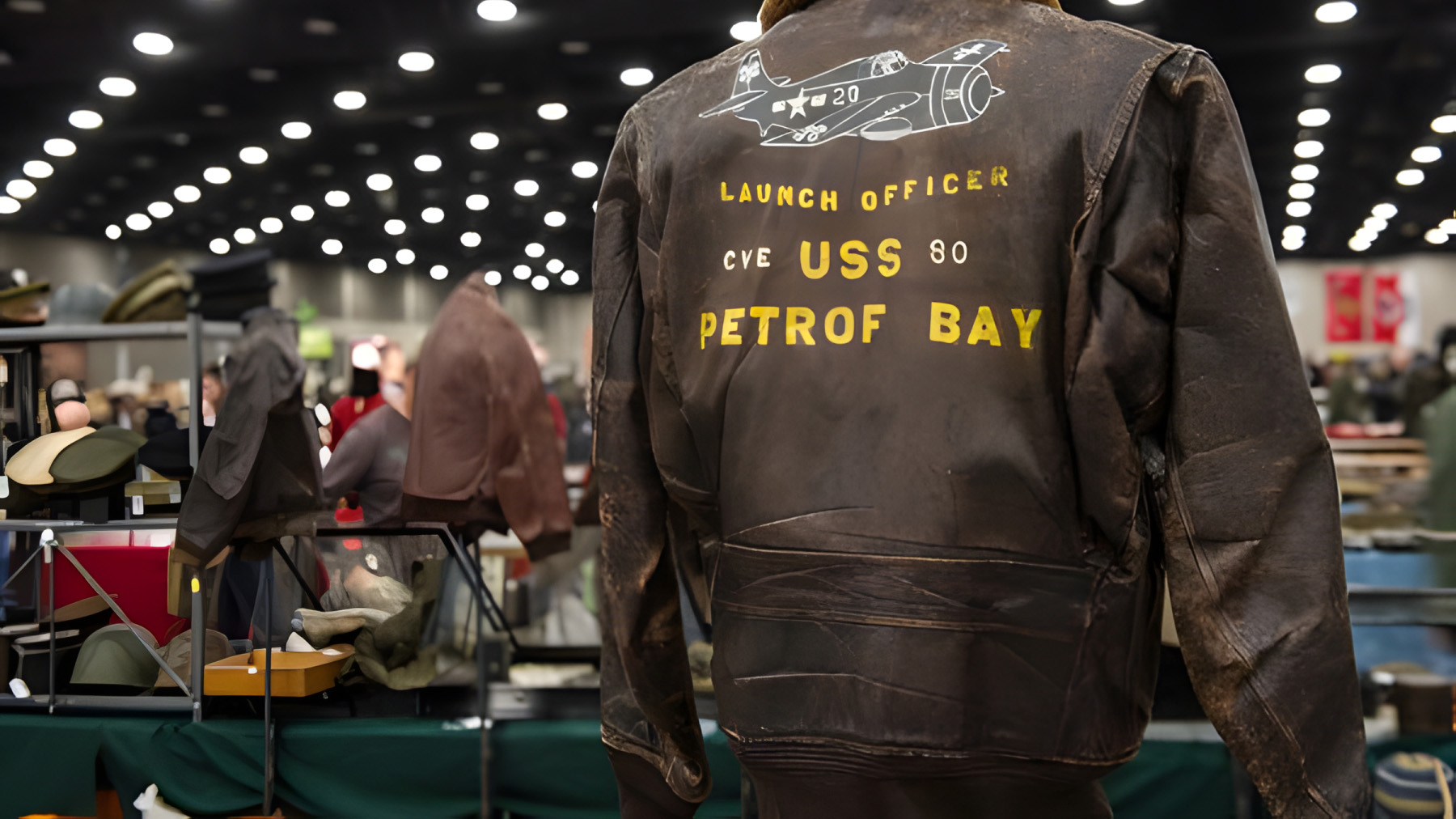
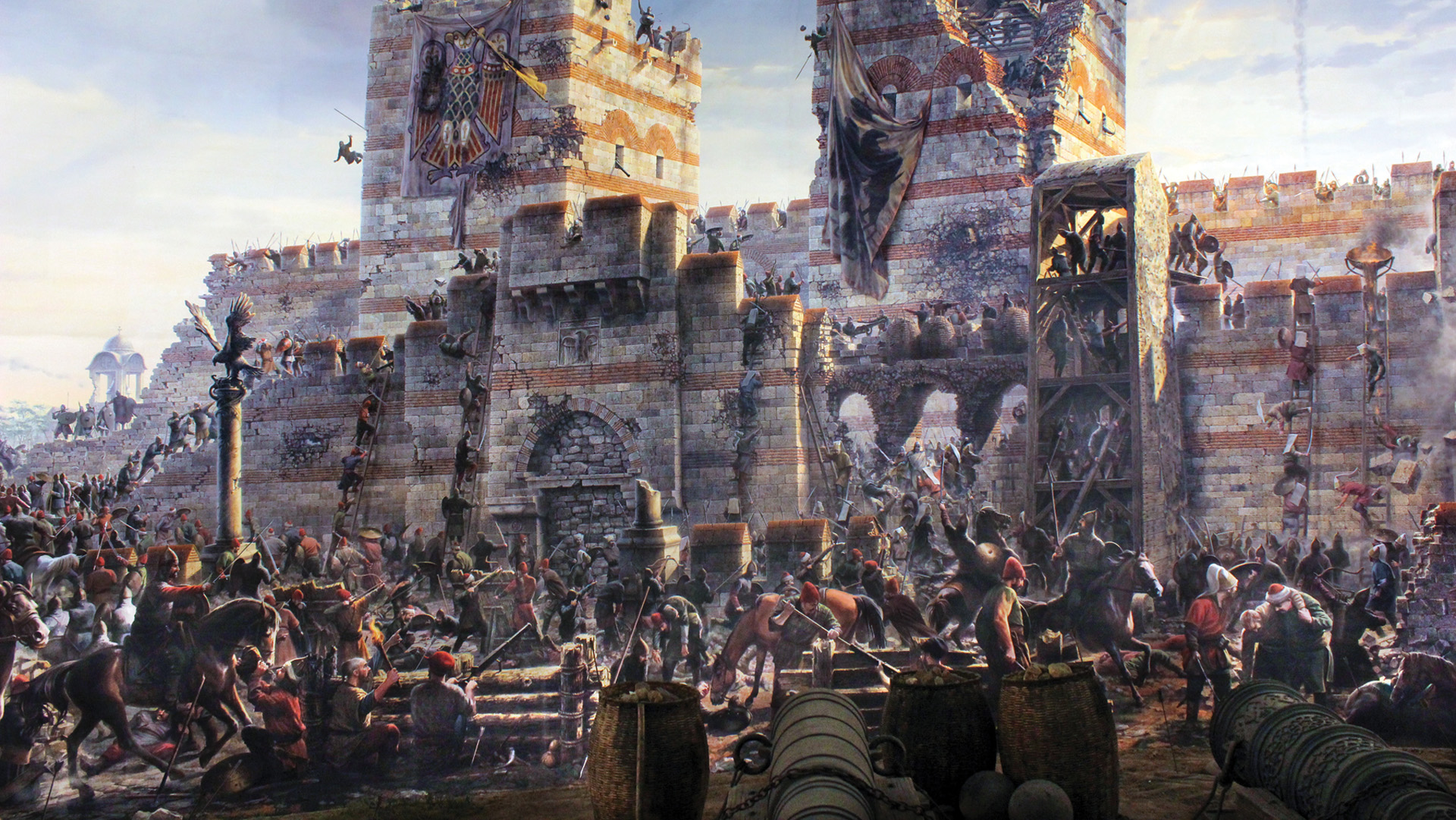

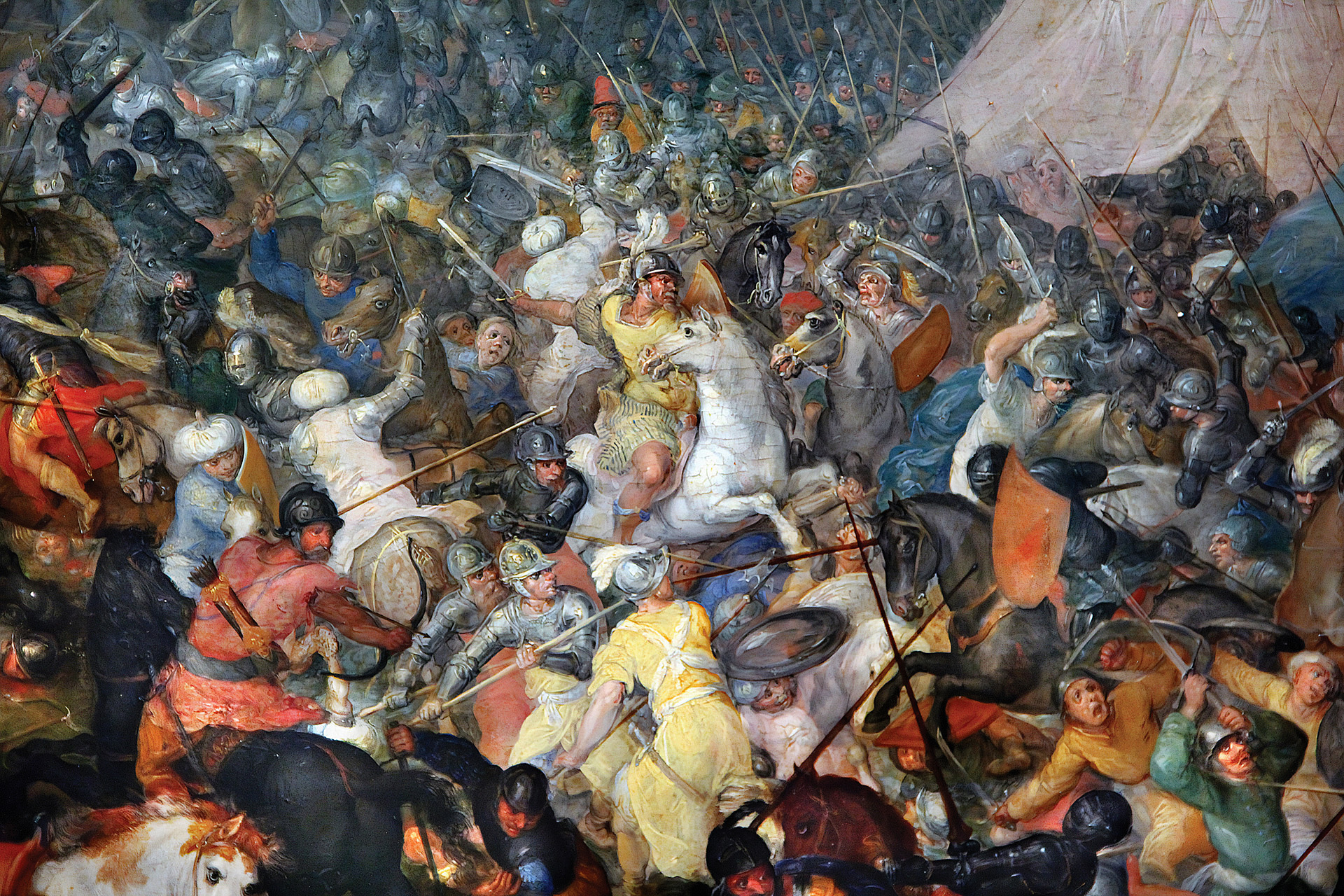
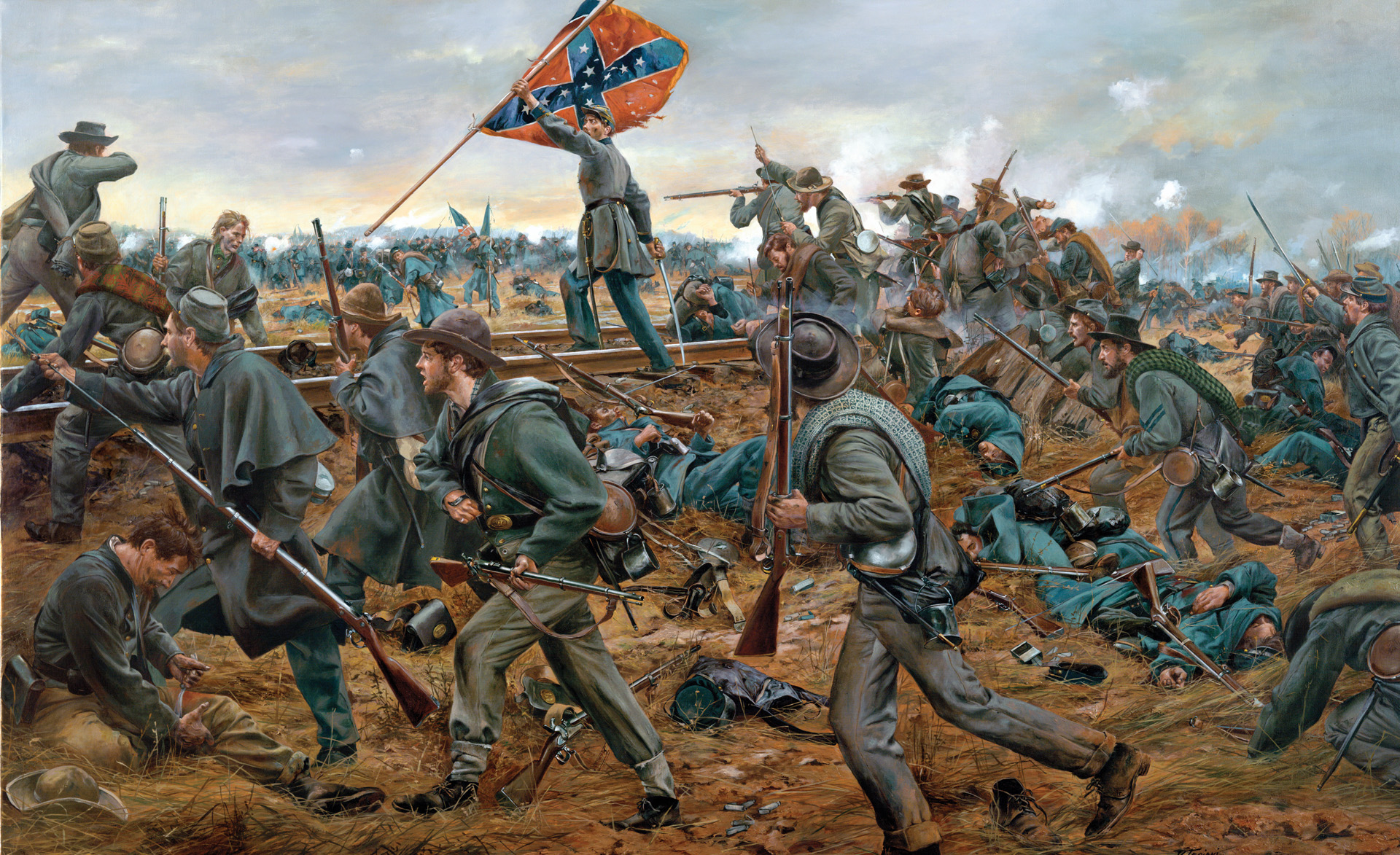
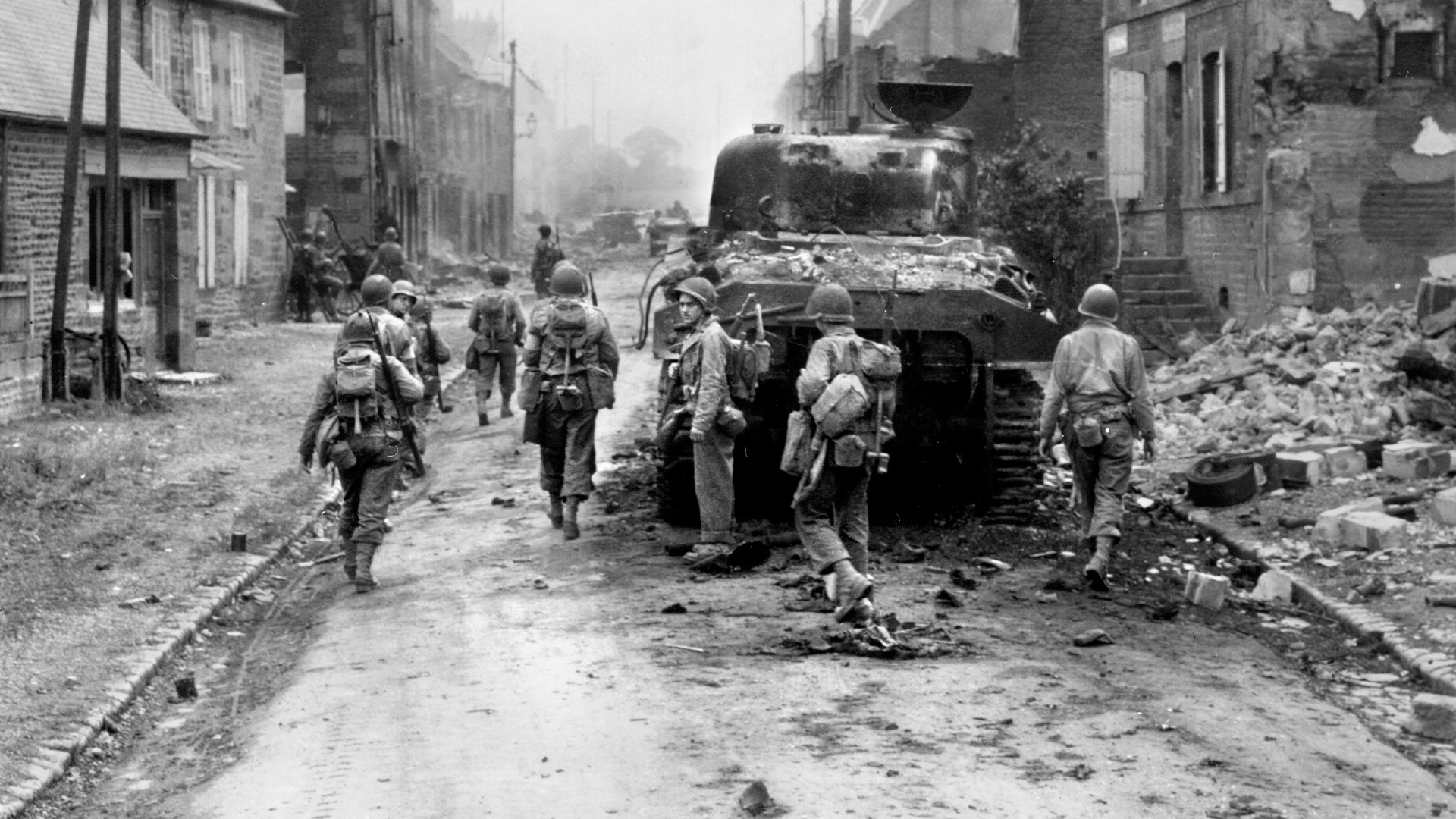
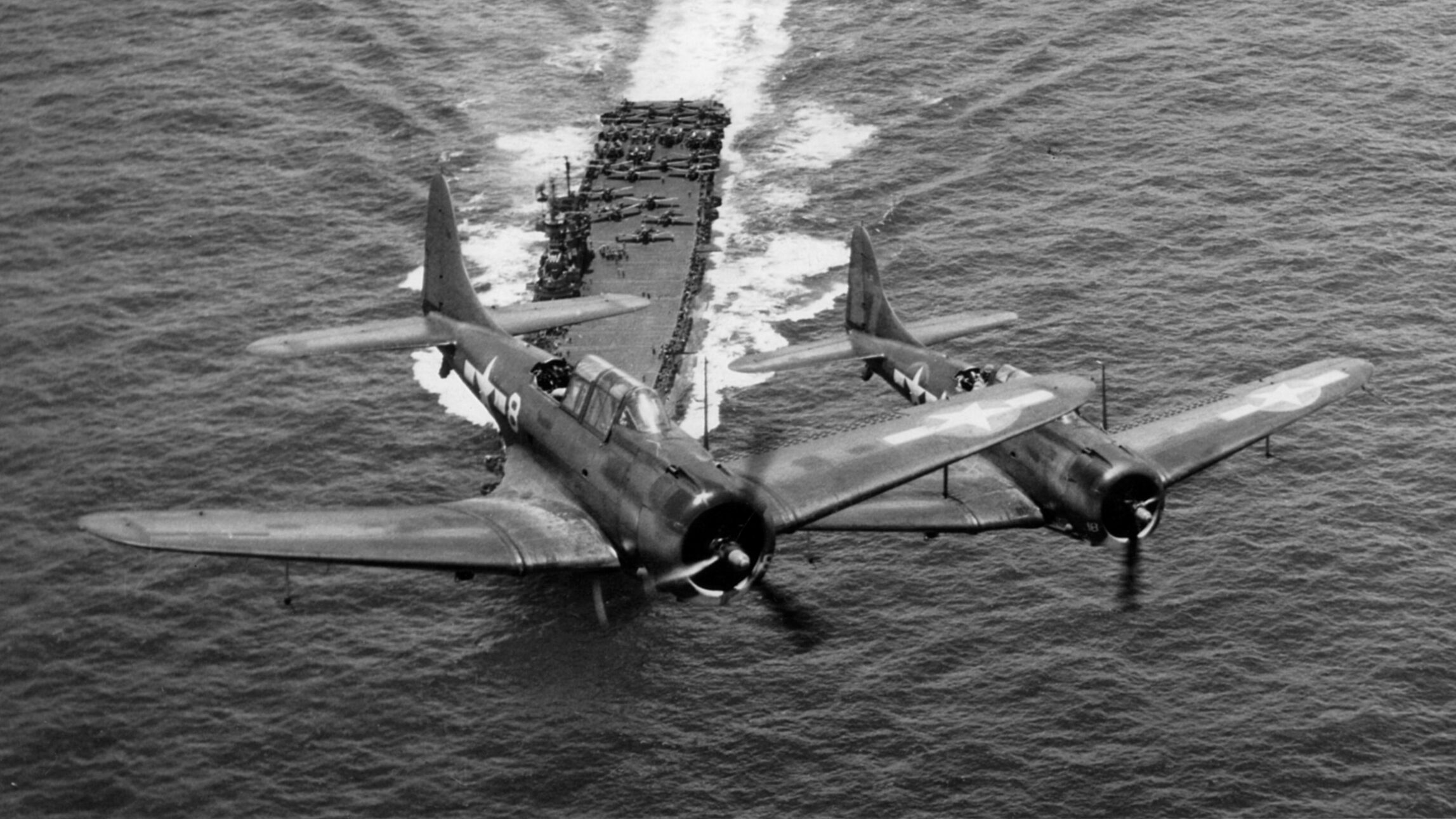
Join The Conversation
Comments
View All Comments